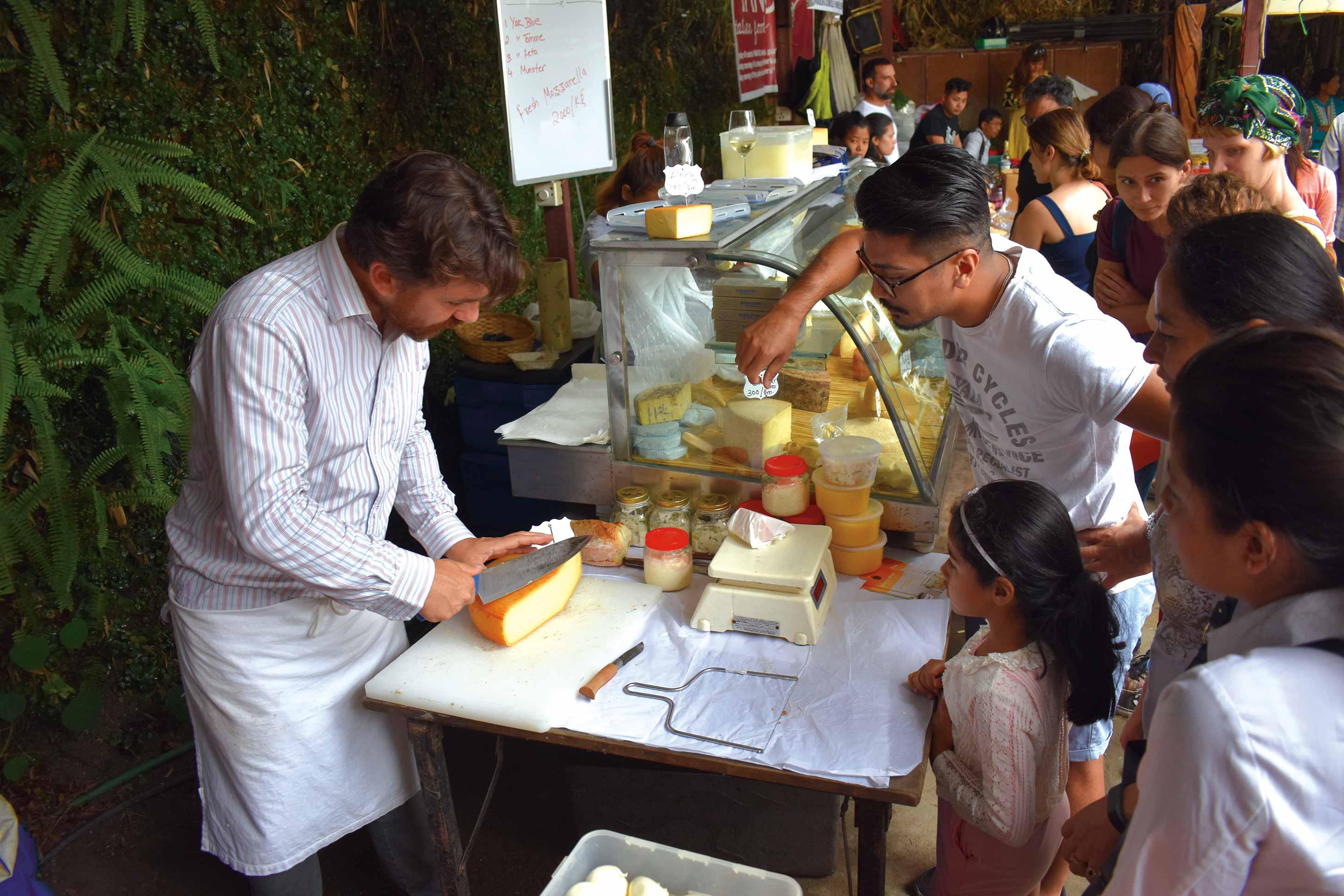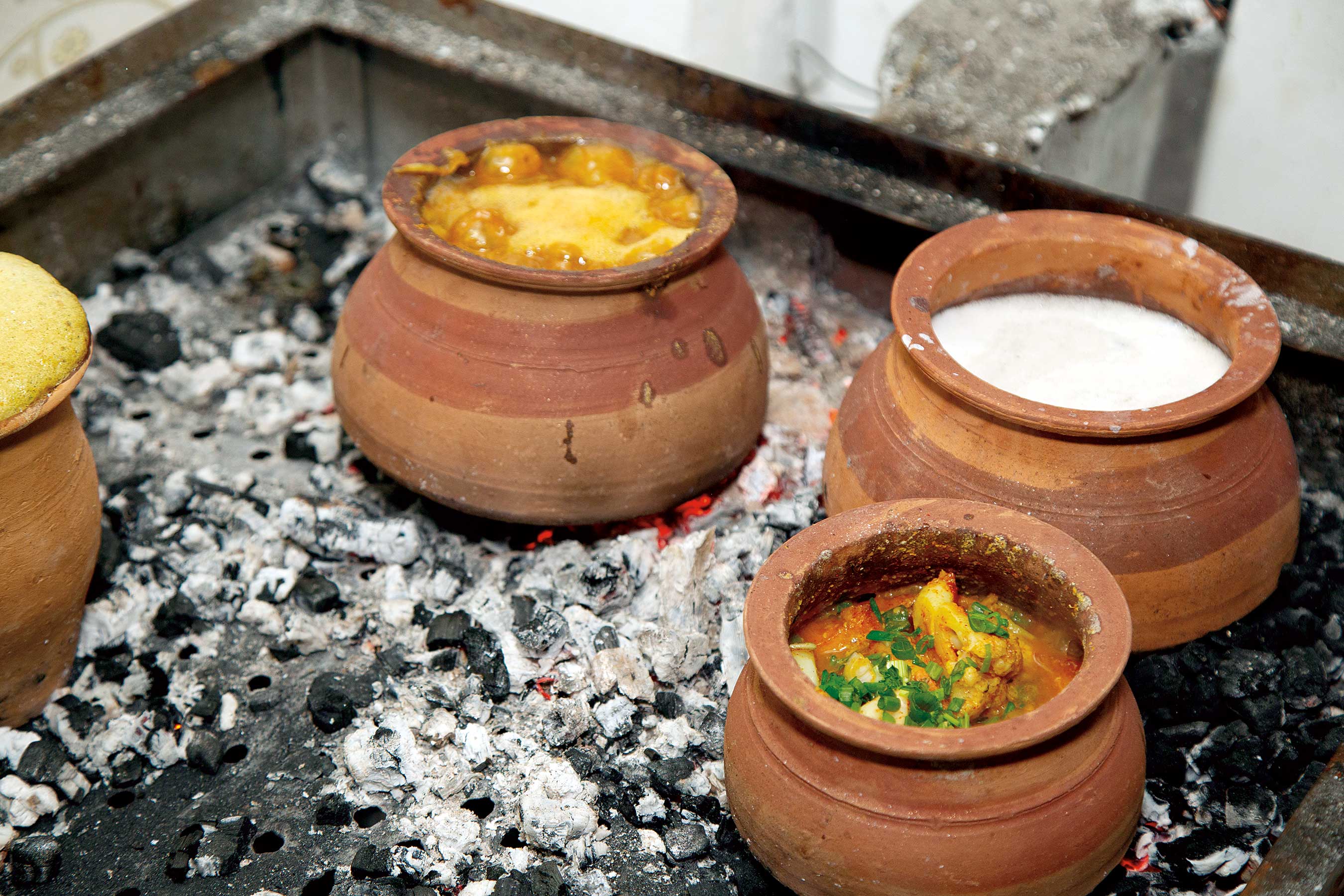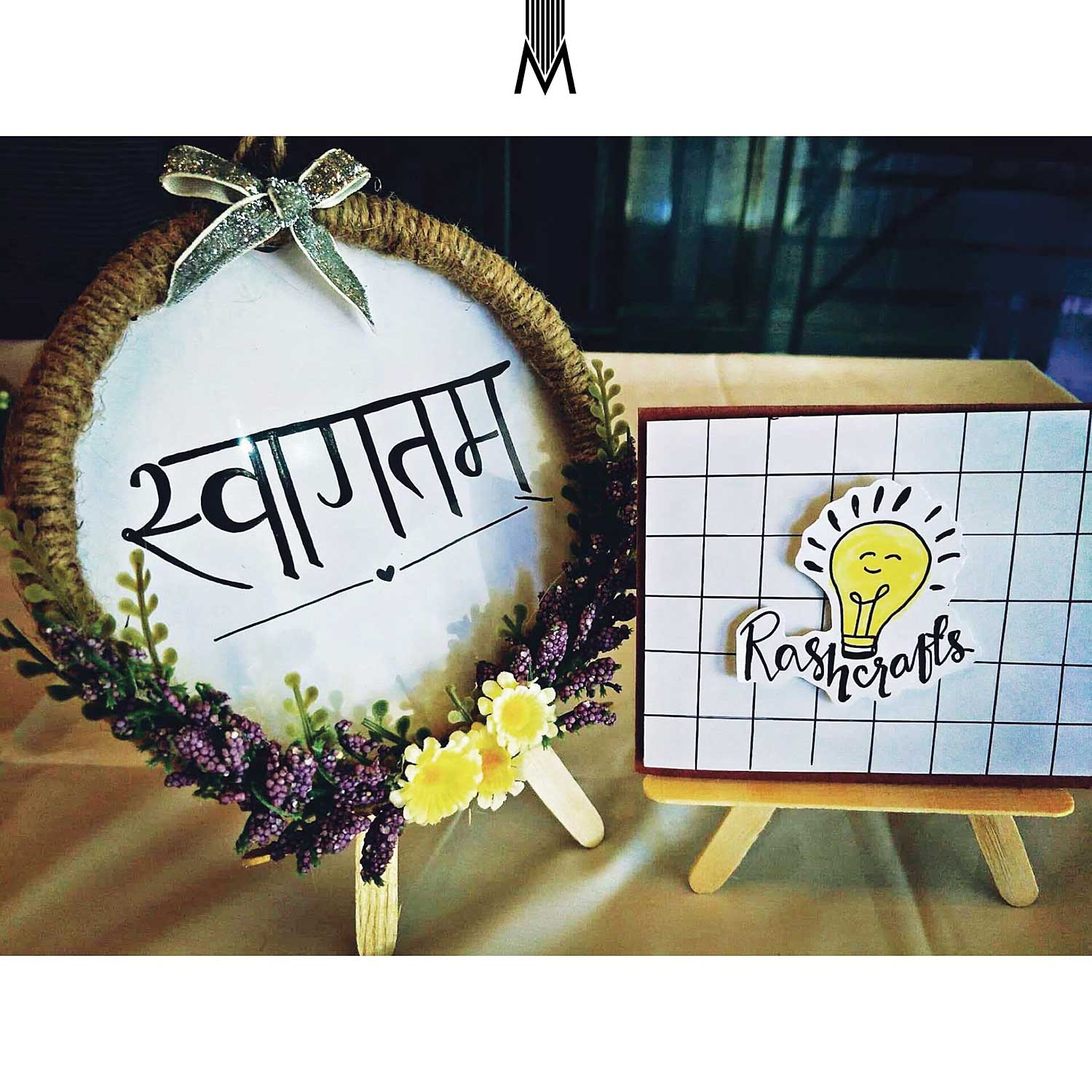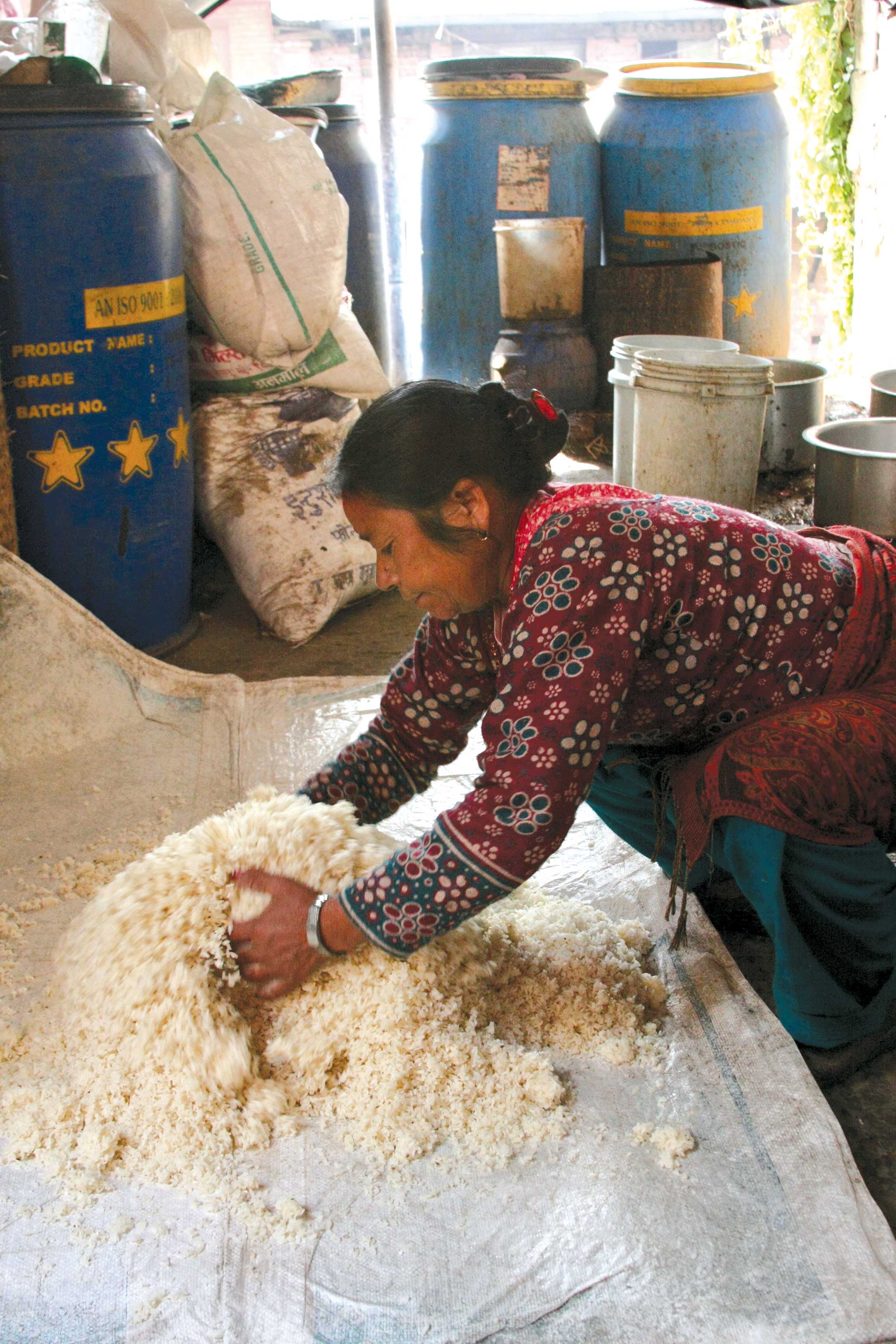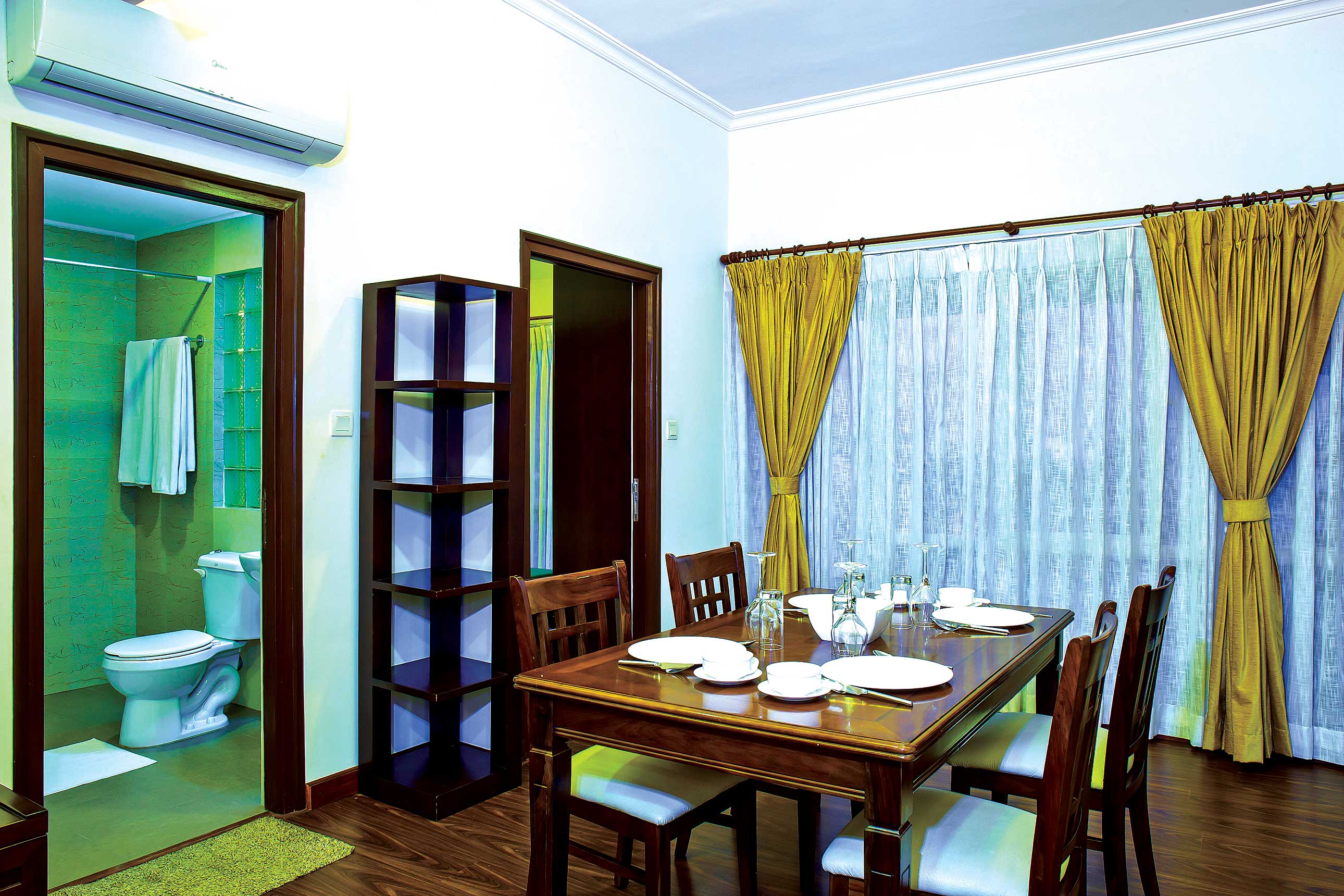A cool breezy evening, a gathering of close friends and family, a Newari feast. You are welcomed into the courtyard with smiles and pleasantries. You are beseeched to sit, make yourself comfortable, on the long jute sukuls side by side with your friends. Your gracious hostesses come one at a time, carrying pots and pans and clay utensils, serving generous portions of food on your woven-leaf plate. First come the handfuls of beaten rice that you have to insist you don’t want any more of, then the tarkaris of green vegetables and beans, sautéed potatoes, chutneys, and curried meat. To top all that up numerous refills! Sips of aila (local Newari alcohol) make dining so much better. And once you have eaten enough to burst, the grand finale: the hostess ladens creamy sweet juju dhau into your proffered clay bowl. The perfect ending to a perfect feast!
Juju dhau literally means the king of yoghurts in Newari. Yoghurt (‘dhau’) has a very important place in Nepali culture and daily life. Pujas are incomplete without tikas of rice mixed with vermillion powder and yoghurt. Dhau is considered to be one of the ‘panchamrit’ - five nectars of the gods - besides ghee, milk, honey and sugar, and is offered as ‘sagan’ a blessing, with beaten rice, fruits and sweets. Dhau symbolizes the full moon, and Dhau sagan is offered with a sense of blessing that you may be like a full moon; capacitated with an ability to keep away darkness even at night. Besides rituals and feasts, yoghurt is indispensable as light refreshment, in the form of desserts with cut fruits and nuts, or lassis and milkshakes. Indeed, yoghurt enjoys much popularity in Nepal and juju dhau as the sovereign is everybody’s favorite.
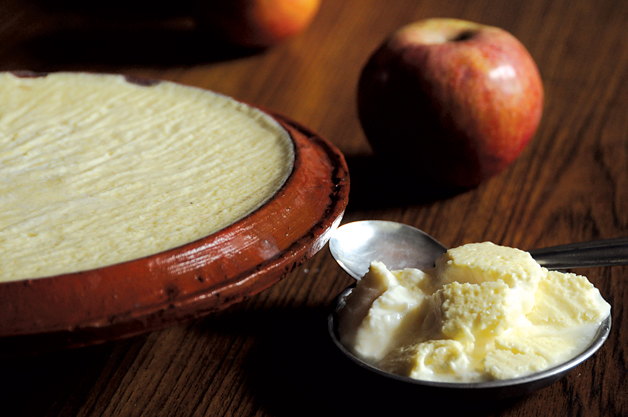
Juju dhau is made by boiling fresh buffalo milk in a large kadai in a traditional firewood stove and then put in traditional clay pots called kataaros which are soaked in water beforehand to prevent it from absorbing any water from the milk while it curdles. The sweetness of the yoghurt comes not from sugar but from khuwa and spices like cloves, cardamom, cashew nuts and coconut shavings. A spoonful of juju dhau made earlier is added and the mixture is allowed to cool. The kataaro is insulated with rice husks and left undisturbed in a non-ventilated room. Because the clay pots are porous, the excess liquid from the yoghurt slowly evaporates leaving delicious thick yoghurt. It takes an average of four hours to completely set and is served in the kataaro. Why is it honored as king of yoghurts? Juju dhau is sweet, rich and creamy, and thick enough to not drop off when the pot has been upturned. Regular yoghurt is generally made of cow milk but buffalo milk is traditionally used for this dessert which explains its immensely rich taste and texture. Bhaktapur is the epicenter for juju dhaus, where it is traditionally sold on the roads by men carrying kataaros of juju dhau in ‘kharpans’, a pair of carrying baskets slung over the shoulders by a pole.
Juju dhau was considered a delicacy during the ancient Malla era and is still as popular today. No trip to Bhaktapur is complete without indulging in a bowl of juju dhau. No Newari feast is complete without the sweet creaminess lingering on your tongue. It truly is a kingly treat for your taste buds.
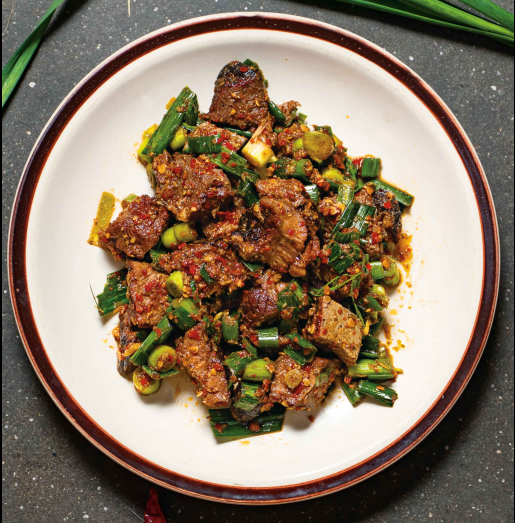
5 Things To Eat: Newari Delicacies
Chukauni Chukauni is a special dish found in Newari cuisine which is very famous in the western...


